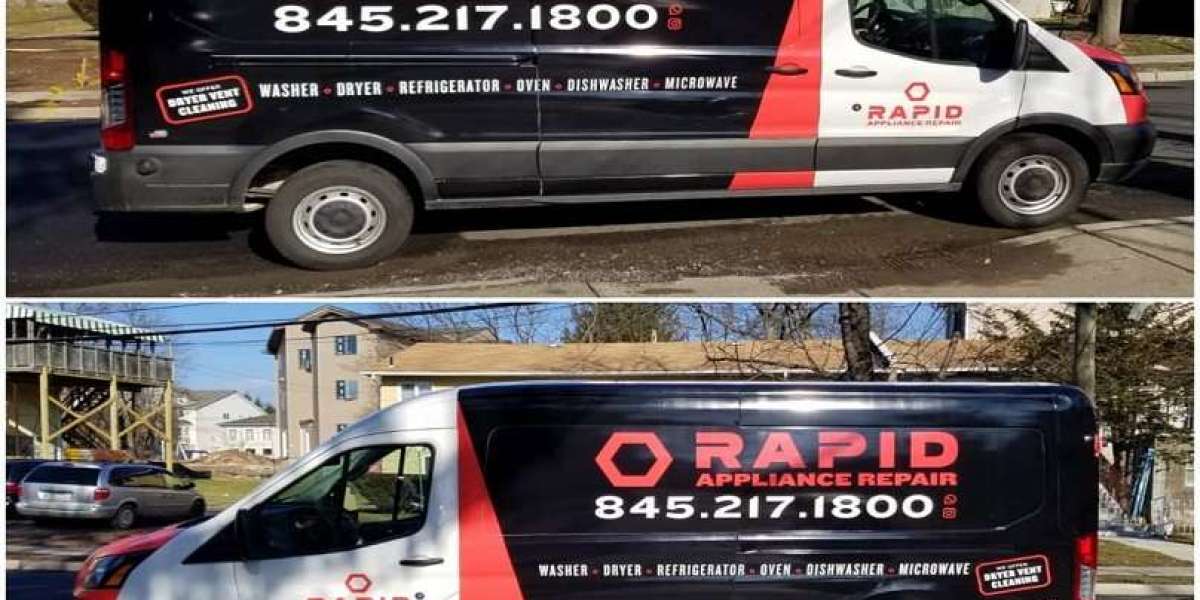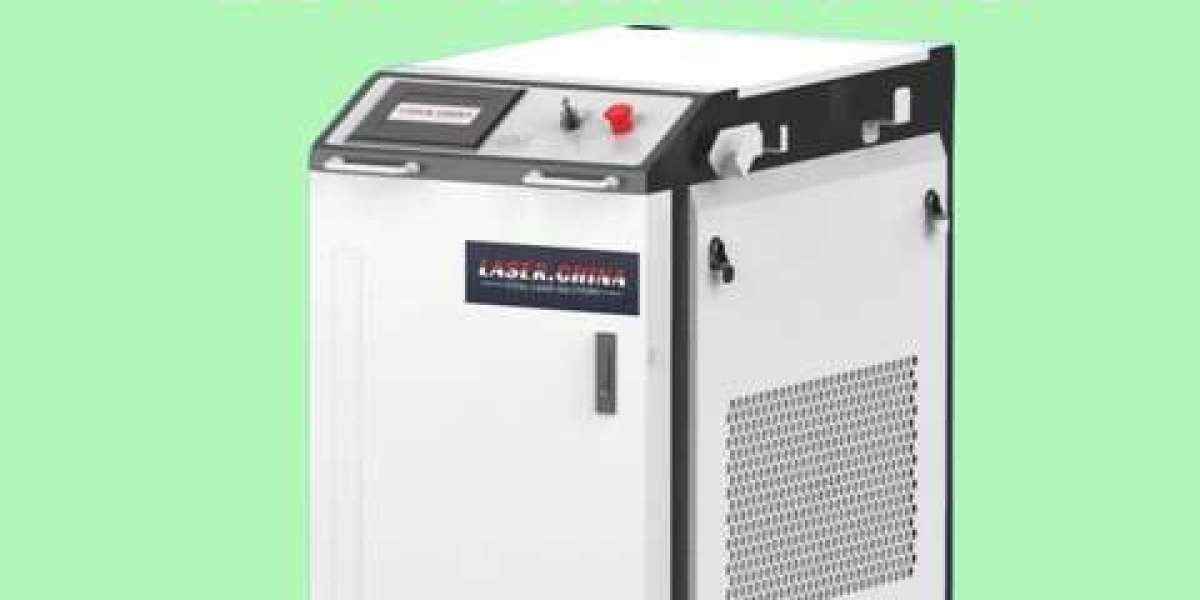Food safety is on the line, ice cream is soup, and you’re Googling fixes while rearranging dinner plans. If you’re in New City, NY—or nearby towns like Nanuet, Monsey, Spring Valley, West Nyack, Airmont, Pomona, Haverstraw, Orangeburg, White Plains, and across Rockland & Westchester—this guide explains why fridges lose their chill, what you can safely try first, and when to call for professional Refrigerator repair right away.
First things first: is it an emergency?
A warm fridge becomes urgent fast. If your refrigerator is above 40°F for more than two hours, perishable foods are at risk. Consider same-day Refrigerator repair when you have:
- A no-cool condition (both fresh food and freezer are warm).
- Rapid temperature rise after a power event.
- Repeated breaker trips or burning/electrical smells.
- Active water leaks inside the cabinet or onto the floor.
If safety is a concern—electrical odors, smoking components, or water near outlets—unplug the unit and call for Emergency appliance repair immediately.
Quick checks you can do (no tools required)
These simple steps can save a service call or help your technician diagnose faster:
- Listen for running fans/compressor. Total silence (while plugged in) can point to a control, relay, or power-supply issue.
- Verify airflow. Items pushed against the rear wall block vents and starve the evaporator of circulation. Leave a small gap around vents.
- Inspect the door gaskets. If a dollar bill slides out easily anywhere along the seal, cold air is leaking.
- Check the settings. Make sure the fridge/freezer controls weren’t bumped to “off,” “demo,” or “vacation” modes.
- Give it space. Your fridge needs a couple of inches of clearance behind and above for condenser airflow.
- Clean obvious dust. If you can see heavy dust bunnies at the front grille, gently vacuum them—better cooling begins with better breathing.
If temps don’t improve within a few hours (or they keep climbing), schedule professional Refrigerator repair.
The most common reasons a fridge stops cooling (and how pros fix them)
Airflow & blocked vents
Overpacked shelves or frozen vents inhibit circulation. A technician restores proper airflow, checks evaporator frost patterns, and confirms fan operation. If the evaporator fan is failed or noisy, replacing it typically restores even cooling.
Dirty or clogged condenser coils
Dust-choked coils can’t shed heat, forcing long run times and warm compartments. Thorough coil cleaning and a condenser fan check often deliver a dramatic recovery—especially in homes with pets.
Defrost system failures
If the defrost heater, thermostat (bimetal), or control board fails, frost blankets the evaporator, strangling airflow. Tell-tale signs: the freezer back panel is icy, fans whir but airflow is weak, and temps slowly creep up. Proper Refrigerator repair includes testing heater continuity, thermistor values, and control output—then replacing the faulty component and clearing the ice safely.
Faulty thermistors or temperature sensors
Bad readings make the control think the cabinet is colder (or warmer) than it is. Pros compare ohm values to temperature charts and replace sensors when they’re out of spec, then recalibrate to restore stable setpoints.
Start device/relay or compressor issues
A failing start relay causes “click-buzz-click” behavior and no cooling. Replacing the relay/overload often fixes it. If amp draw and pressures indicate a weak or seized compressor—or a sealed-system problem—the tech will explain repair vs. replacement options.
Damper control and dual-evap systems
On many modern models, a stuck damper starves the fridge of cold air from the freezer section. In dual-evap designs, a bad fridge-side evaporator fan or a defrost fault isolates the fresh-food compartment. Targeted Refrigerator repair restores flow and balances temps.
Door gaskets, hinges, and alignment
Leaky seals let moisture in and cold out, creating frost, long run times, and warm temps. Replacing gaskets and realigning doors brings instant improvements and prevents repeat icing.
Main control or UI board faults
Less common but impactful: corrupted firmware or failed relays on the control board. Pros confirm by ruling out sensors and loads first, then replace/program the board when warranted.
Important: Refrigerant leaks and sealed-system work require EPA-certified handling. These are not DIY jobs; a licensed technician should diagnose and repair.
How to triage: repair vs. replace
A good rule of thumb in New City and surrounding towns:
- Repair makes sense when your fridge is under ~10–12 years old, in good physical condition, and the issue is with serviceable parts—fans, sensors, relays, dampers, heaters, gaskets, or control boards.
- Replace may be better when the cabinet is damaged, multiple high-cost components are failing, or the sealed system/compressor is compromised on an older unit.
A professional Refrigerator repair visit provides a firm estimate so you can decide with confidence.
What to expect from a professional service call
- Check-in & safety assessment. The tech confirms symptoms, model/serial, recent power events, and food-load details.
- Diagnostics. Using meters and brand procedures, they test fans, sensors, relays, defrost circuits, and—when needed—sealed system pressures.
- Clear estimate. You’ll see parts, labor, and timeline. Many fixes are completed on the first trip when common components are stocked.
- The repair. The faulty part is replaced or adjusted; coils and vents are cleared; temps are calibrated; and the unit is monitored through a cooling cycle.
- Prevention tips & cleanup. Before leaving, you’ll get maintenance advice tailored to your home (pets, usage patterns, venting) and written warranty details.
GE & LG in Rockland/Westchester: brand-savvy matters
GE and LG are popular across Rockland County and Westchester County. Familiarity with their service bulletins and common failure modes speeds diagnosis:
- GE: Evaporator fan and defrost system nuances, thermistor placement, and damper behavior are frequent targets.
- LG: Ignoring early signs (like long run times or intermittent warm-ups) can stress components; quick sensor/fan checks and proper board updates help prevent repeat visits.
Choosing a team trained on these brands can turn a worrisome no-cool into a same-day save.
Food-safety tips while you wait
- Keep doors closed as much as possible; cold air will hold longer.
- Move high-risk items (meat, dairy, eggs) into a cooler with ice packs.
- Use an appliance thermometer to track temps. Under 40°F is safe for the fresh-food section; 0°F for the freezer.
- If the freezer is still solid, it can help pre-chill the fridge temporarily by transferring a few frozen gel packs (don’t block vents).
Maintenance that prevents the next breakdown
- Quarterly coil cleaning. Especially with pets or in dusty environments.
- Level & clearance. Proper leveling ensures door sealing; 2–3 inches of top/back clearance helps the condenser breathe.
- Gasket care. Wipe seals clean; replace if cracked or deformed.
- Smart loading. Avoid blocking vents; leave room for air to circulate.
- Surge protection. Stable power protects control electronics.
When “today” really means today
If your fridge is warm now, waiting can mean spoiled groceries and a bigger repair. In urgent cases, local homeowners book Emergency appliance repair for prioritized service—especially for no-cool, electrical smells, or leaks. A responsive, brand-savvy team with stocked parts can often get you “cold again fast” without a second visit.
FAQ: Refrigerator repair in New City, NY
How long can food last in a warm fridge before I need Refrigerator repair?
Generally, perishable food is unsafe after about two hours above 40°F. If temps are rising and you can’t quickly bring them down, call for Refrigerator repair and move perishables to a cooler with ice.
My freezer is cold but the fridge is warm—do I still need Refrigerator repair?
Yes. That pattern points to airflow problems (evaporator fan, damper, frost buildup) or sensor issues. A technician can restore proper circulation and temps.
Can a dirty condenser really cause a no-cool?
Absolutely. Clogged coils are a top culprit for poor cooling and long run times. Cleaning helps, but if damage has already occurred, you’ll still need professional Refrigerator repair.
Is it worth fixing an older unit, or should I replace it?
If the cabinet is sound and the failure is a common part (fan, sensor, relay, heater, gasket), repair is usually economical. Your tech will price both paths so you can decide.
Do you handle stoves too, or just fridges?
Many trusted local pros also perform Oven repair along with refrigeration work, so you can solve kitchen issues with one call—handy during holidays or busy weeks.
When your refrigerator warms up, minutes matter. A local, well-reviewed team that understands GE and LG systems—and shows up with common parts—can often bring temps back to safe levels the same day. For fast, professional Refrigerator repair across New City, Monsey, Nanuet, Spring Valley, West Nyack, Airmont, Pomona, Haverstraw, Orangeburg, White Plains, and nearby communities, reach Rapid Appliance Repair at 845-217-1800 or book online at rapidapprepair.com—and if it’s urgent, ask for Emergency appliance repair prioritization.



